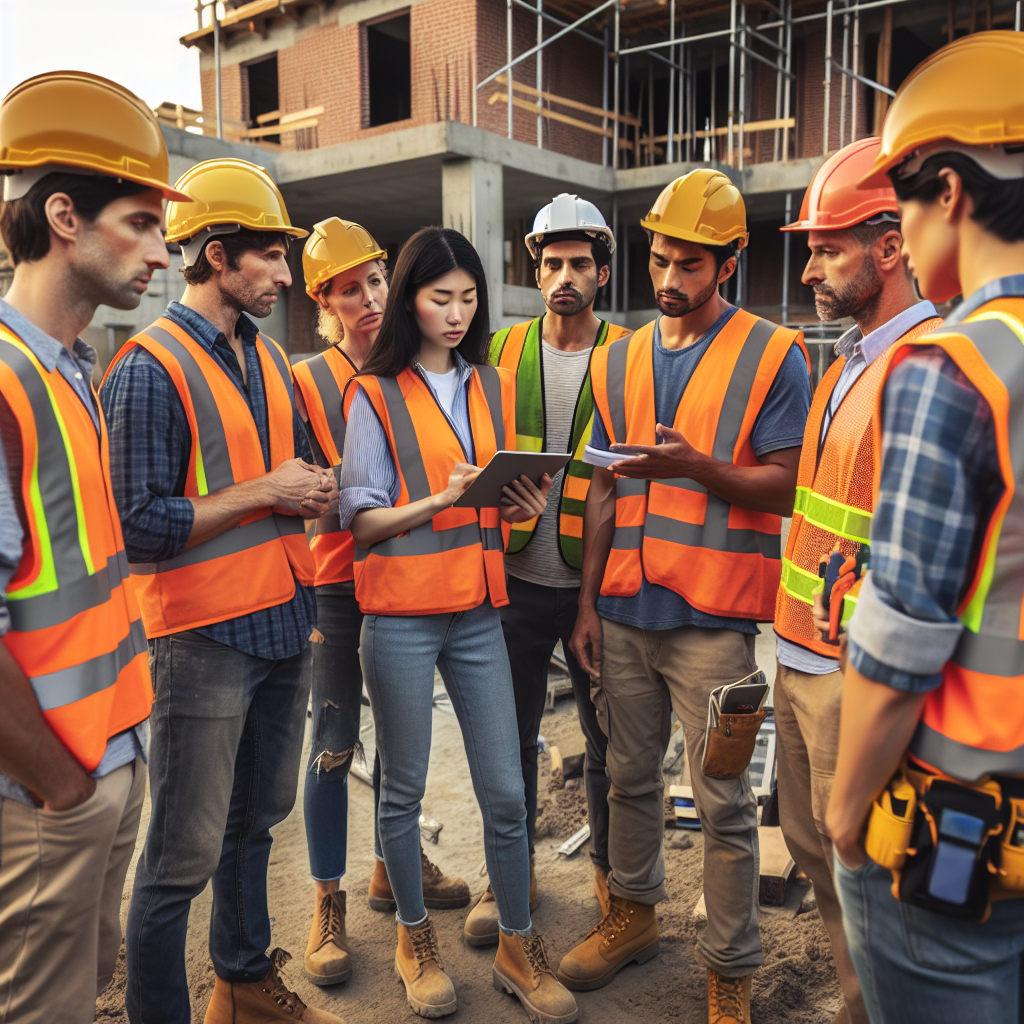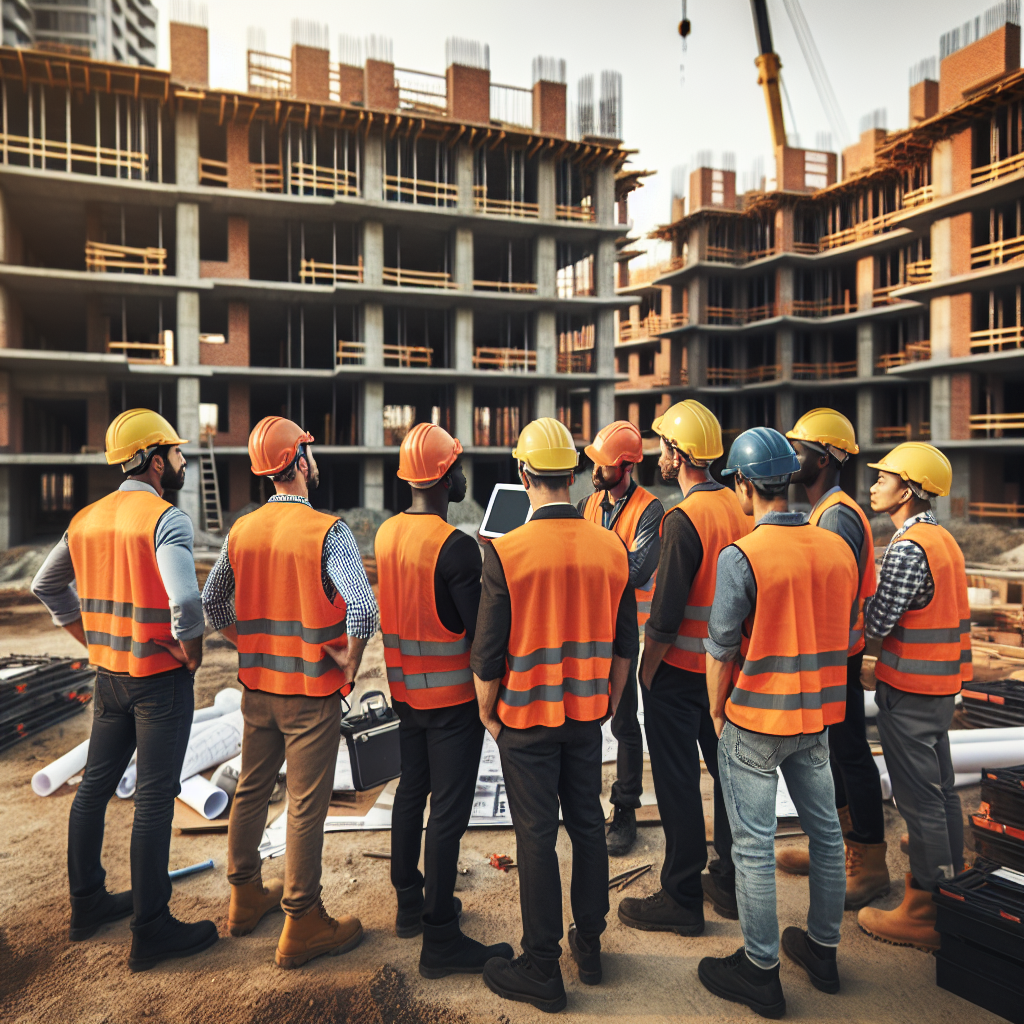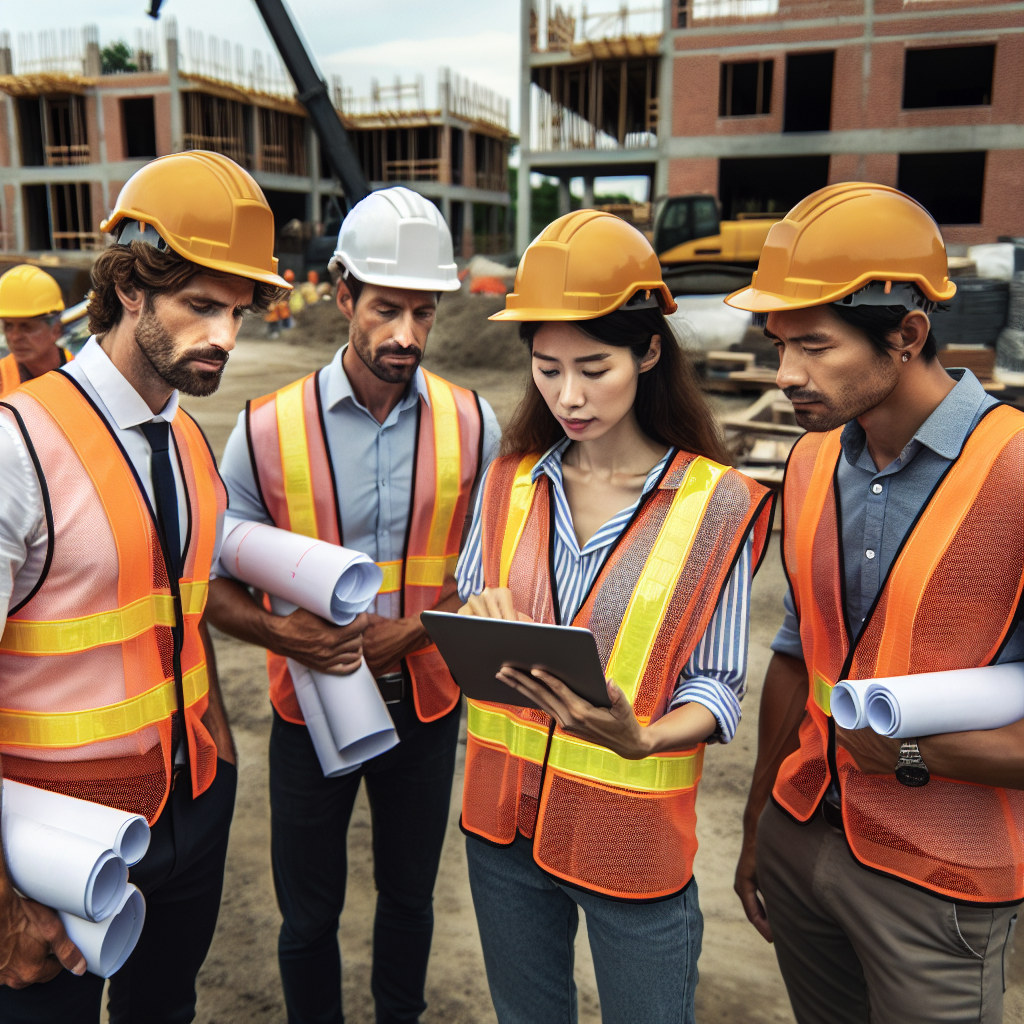Sustainability Metrics in Construction: How Zepth Powers Green Building Practices
Sustainable construction is crucial in today’s world, considering the built environment’s significant contribution to global greenhouse gas emissions and energy consumption. As construction stakeholders become increasingly aware of their environmental impact, sustainability metrics have emerged as essential tools for managing and improving sustainability in construction projects. With the help of construction project management software like Zepth, construction teams can effectively track these metrics, enabling greener building practices.
Definition and Importance of Sustainable Construction
Sustainable construction aims to minimize the environmental footprint of construction activities while promoting resource efficiency and long-term viability. The construction sector is responsible for approximately 40% of global greenhouse gas emissions and consumes 40% of the world’s energy. Therefore, implementing sustainable practices is not just necessary for regulatory compliance but also vital for the planet’s future.
Key Sustainability Metrics
To drive sustainable construction, understanding various sustainability metrics is essential. Here, we break down some of the critical metrics used in assessing sustainability performance:
Environmental Metrics
- Carbon Footprint: This metric assesses the greenhouse gas emissions, particularly CO2, generated during construction and throughout the building’s lifecycle. Monitoring carbon emissions helps detect a project’s contribution to climate change.
- Energy Consumption: This involves tracking energy use in buildings, including electricity, heating, and cooling, to identify opportunities for energy conservation and efficiency upgrades.
- Water Usage: Monitoring the amount of water consumed is crucial during both the construction phase and operation of a building, as efficient water use is a key aspect of sustainability.
- Waste Generation: This metric quantifies the waste produced during construction and assesses diversion efforts such as recycling and reusing materials for waste reduction.
- Life Cycle Assessment (LCA): A comprehensive tool evaluating the environmental impact through the building’s life cycle, considering embodied energy, resource depletion, and various environmental categories.
Energy Efficiency and Consumption Metrics
- Energy Use Tracking: Involves monitoring energy consumption from various sources including electricity, natural gas, and renewable energy to identify areas needing improvement.
- Energy Improvements: Implementing renewable energy solutions, along with platforms and sensors to track energy consumption effectively, offers pathways for enhancing energy efficiency.
Governance and Social Metrics
- Governance: Strong governance frameworks that include ethical practices and transparency help promote achieving environmental, social, and governance (ESG) metrics.
- Community Engagement and Social Metrics: Involving local communities in planning and decision-making ensures sustainable efforts align with community values and needs.
Tools and Frameworks for Sustainability Metrics
Several tools are available to better assess sustainability metrics, helping construction stakeholders enhance their performance:
NIST Tools
- BEES (Building for Environmental and Economic Sustainability): This tool compares sustainability performance among building products, facilitating easier, informed decisions.
- BIRDS and BIRDS NEST: These tools provide comprehensive sustainability measurement by considering the interactions among various building energy technologies and systems.
- Economic Evaluation Engine (E3): An API offering economic analysis capabilities, useful for both NIST and external stakeholders.
Other Frameworks
- Life-Cycle Costing (LCC) and Life-Cycle Assessment (LCA): Combined, these tools provide a macro outlook on the economic and environmental performances of a building throughout its lifespan.
- Circular Economy Frameworks: Utilizing tools from organizations like the Cradle to Cradle Institute allows tracking of material flows, promoting the principles of a circular economy and minimizing waste.
Role of Zepth in Green Building Practices
Zepth’s role in improving the sustainability of construction projects cannot be overstated. Here are some key aspects of how Zepth empowers green building practices:
Data-Driven Decision Making
Zepth aids in the seamless collection and analysis of sustainability metrics including energy consumption, water usage, and waste generation. This data-driven approach enables construction stakeholders to make informed decisions that enhance sustainability performance.
Collaboration and Integration
By facilitating collaboration among architects, engineers, contractors, and sustainability experts, Zepth provides a centralized system to track and evaluate sustainability metrics (like jobsite management tools), ensuring that all stakeholders are aligned with sustainability goals.
Performance Evaluation and Reporting
Zepth empowers regular evaluation of sustainability performance against established benchmarks using tools such as BIRDS and BIRDS NEST. Continuous performance evaluation prompts ongoing improvement.
Compliance with ESG Regulations
With increasing regulatory requirements around ESG reporting, Zepth helps companies track and report necessary ESG metrics, such as carbon emissions and energy use, ensuring compliance with evolving regulations.
Best Practices and Emerging Innovations
By implementing best practices and embracing emerging innovations, construction projects can significantly enhance their sustainability:
Holistic Approach to Sustainability
Taking a holistic approach allows for consideration of the entire life cycle of a building, utilizing tools such as LCA and LCC for assessing impacts from design to disposal.
Community Engagement
Engaging local communities in planning processes ensures alignment with their values and needs, fostering greater support for sustainability initiatives.
Training and Awareness
Ongoing education about sustainability indicators and best practices is critical for construction professionals to stay informed about the latest technologies and methodologies in sustainable construction.
Innovation in Data Collection
Implementing advanced technologies like IoT sensors and ESG platforms allows for accurate tracking of sustainability metrics. This capability equips stakeholders with real-time data for decision-making.
By leveraging sustainability metrics, innovative tools, and best practices, Zepth is revolutionizing the way construction projects approach green building practices. The construction industry can not only reduce its environmental impact but can also contribute to a more sustainable future through prudent management and innovative technologies.
For more information on how Zepth supports sustainable construction practices, visit Zepth’s Sustainability Solutions.




